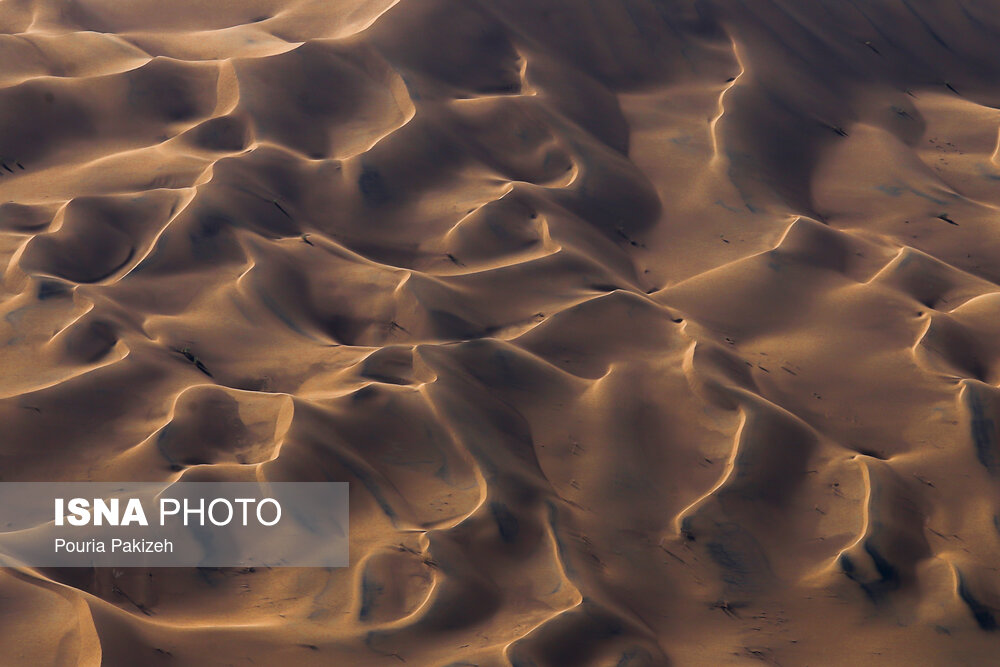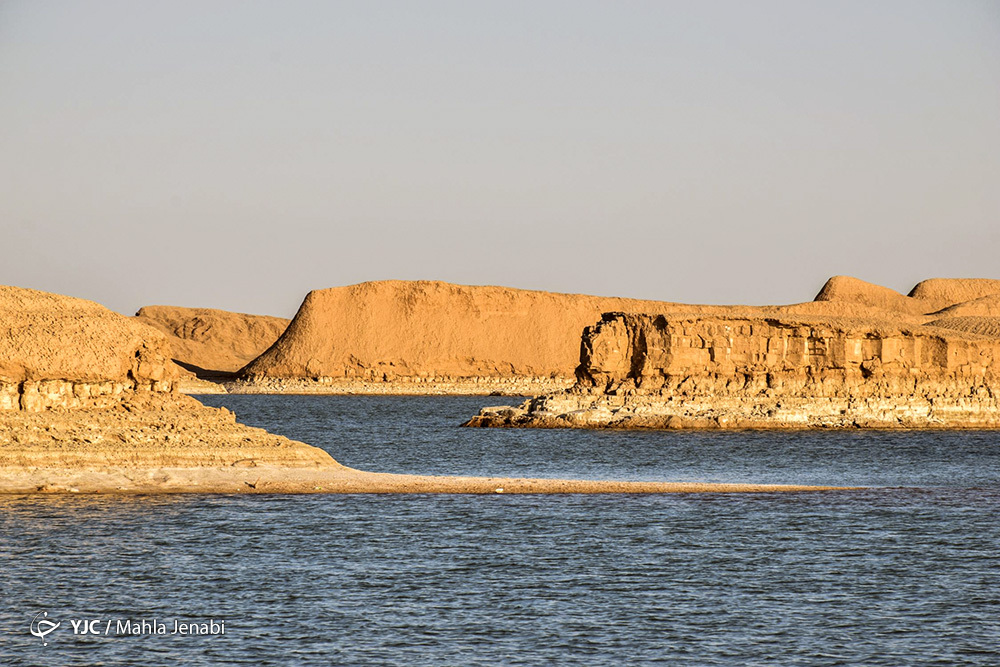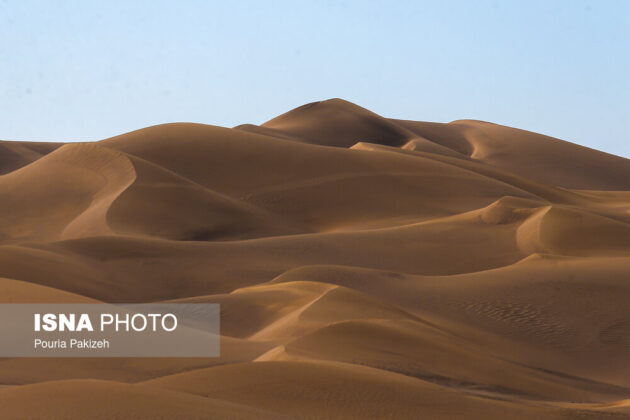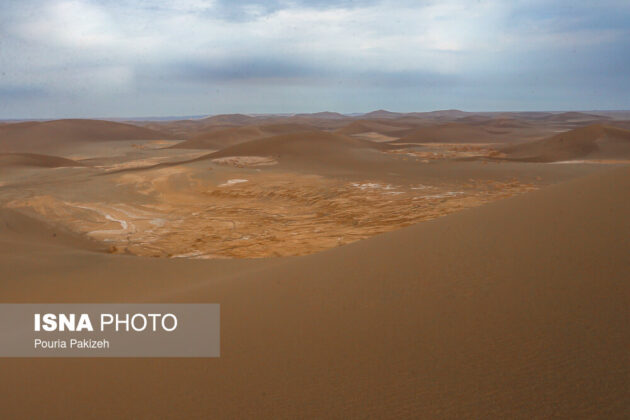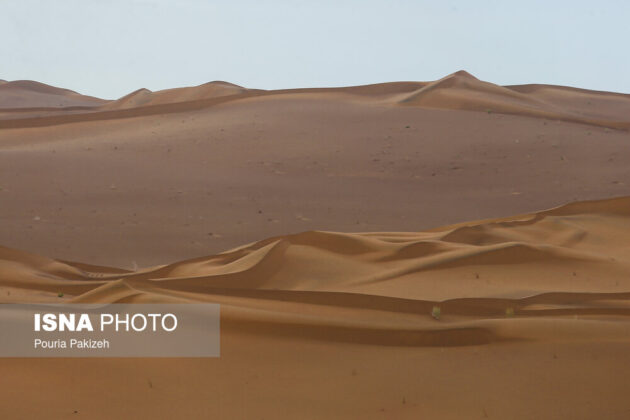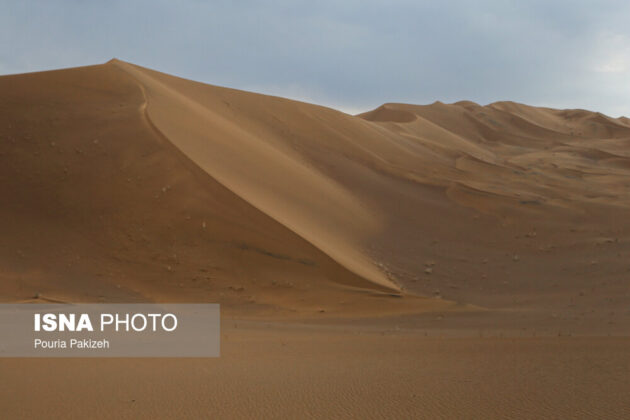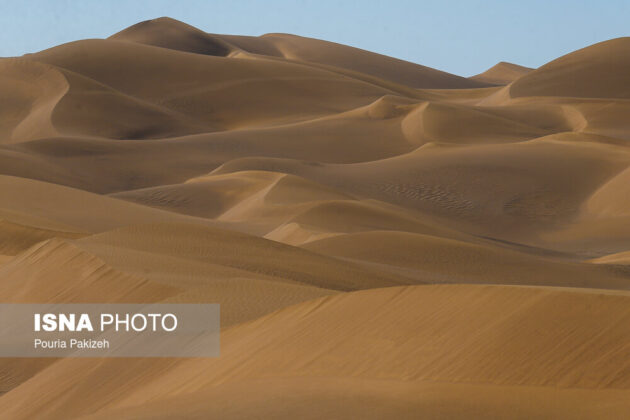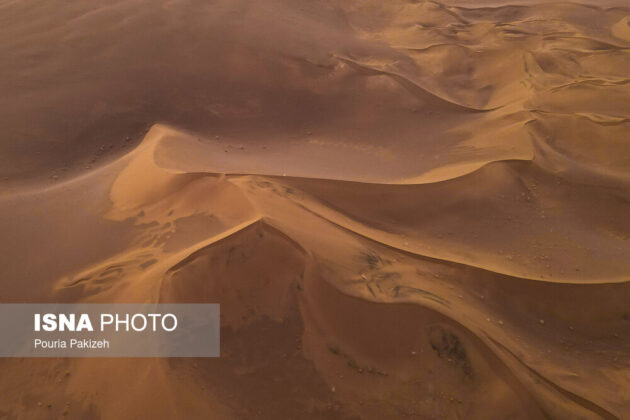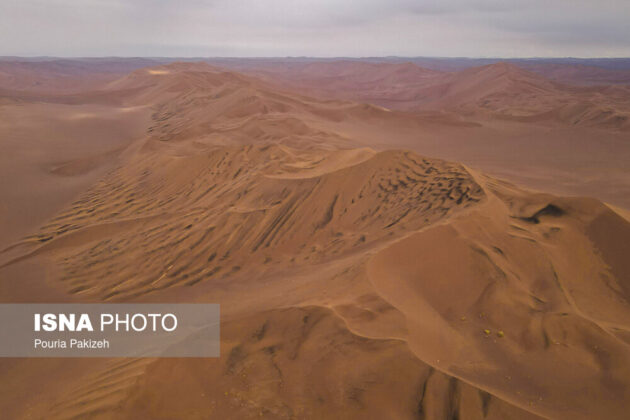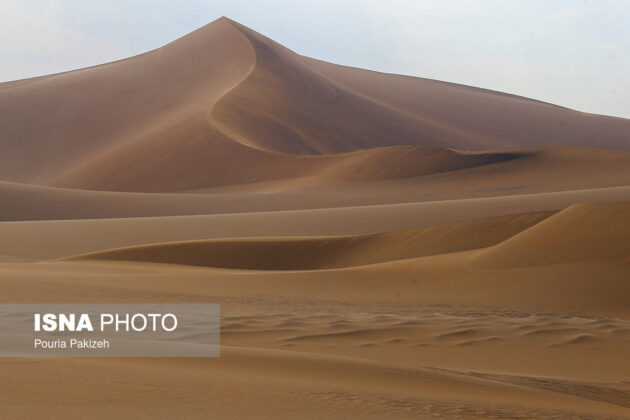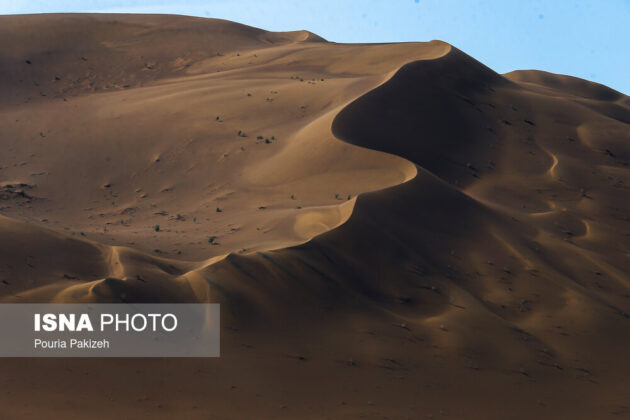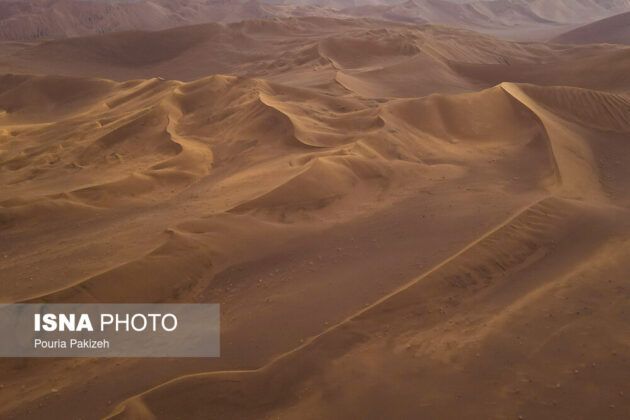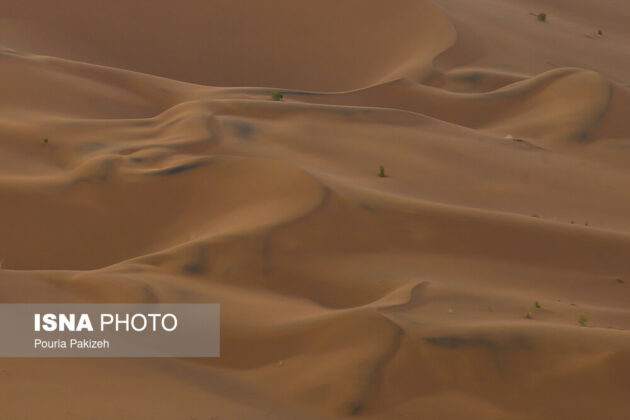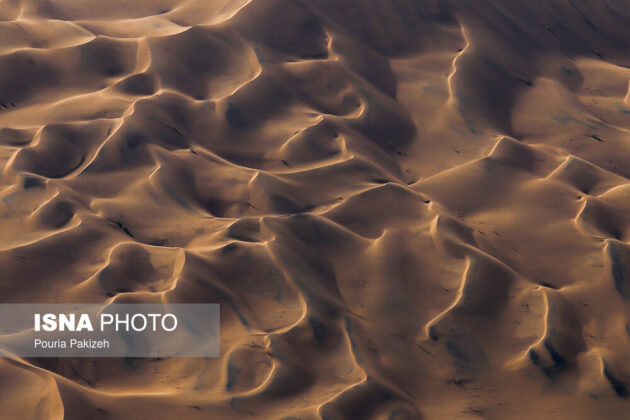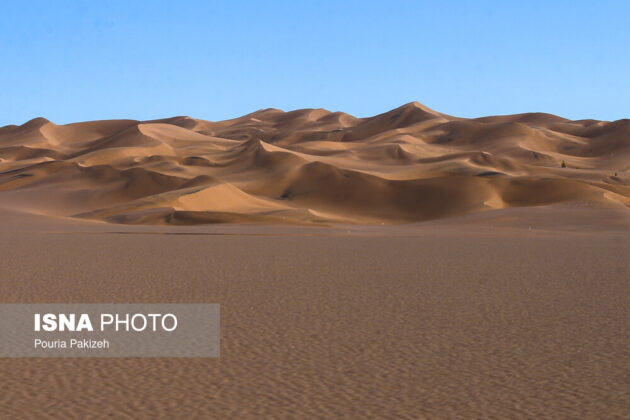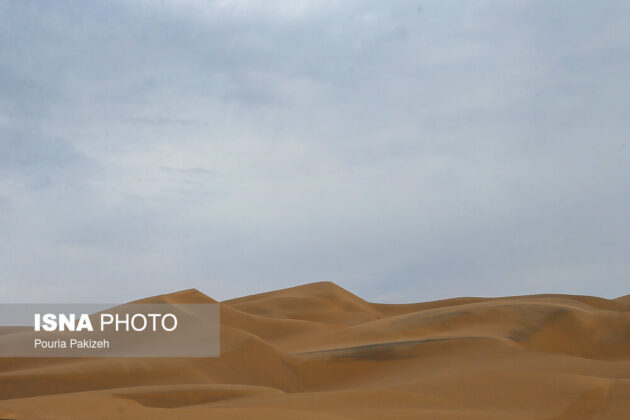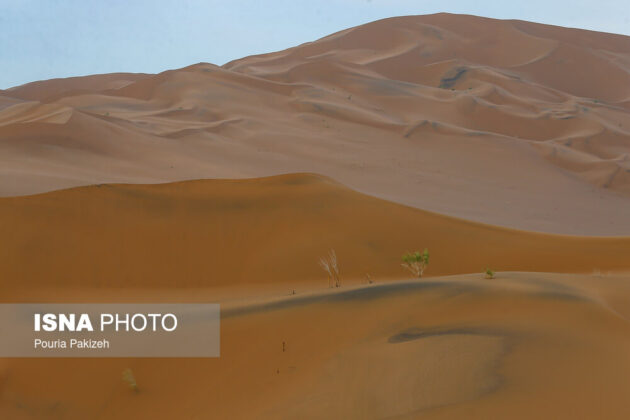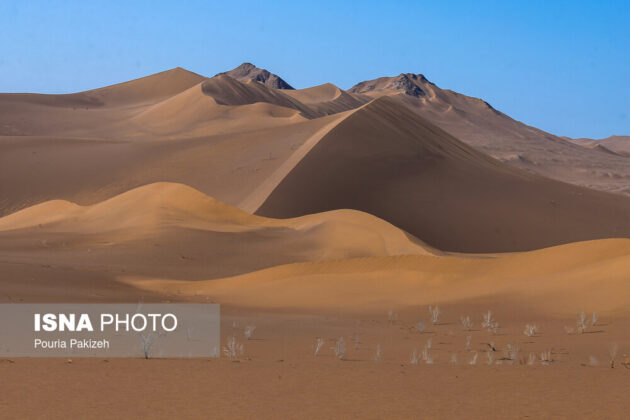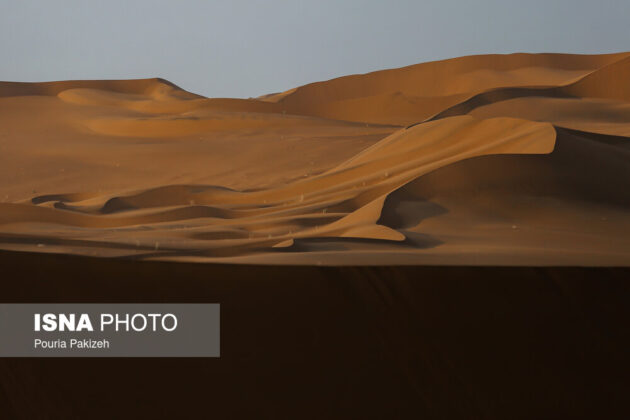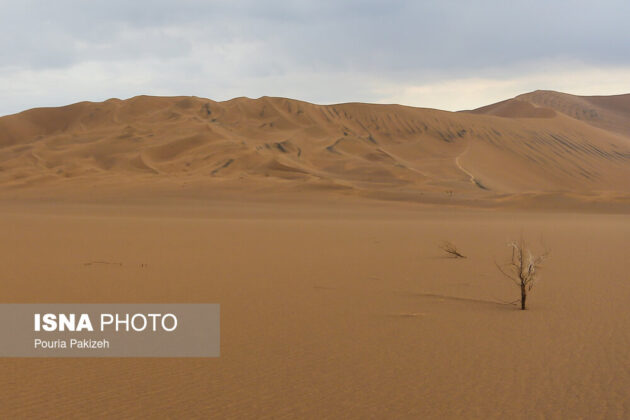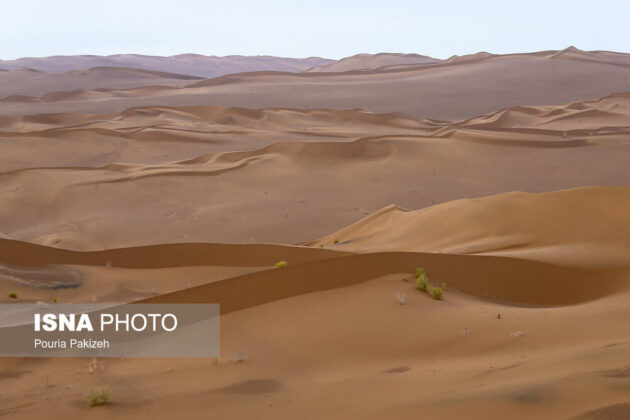This area is full of unknowns. Lut Desert is so attractive as to be recorded as the first natural monument of Iran in the UNESCO World Heritage List.
In Baluchi, which is one of the languages of northwestern Iran, “Lut” means naked, waterless, thirsty and empty of everything. The bulk of this vast desert is made up of sand and gravel.
Lut Desert is a vast area that includes parts of the three vast Iranian provinces of Sistan and Baluchestan, South Khorasan and Kerman.
The most different part of Lut Desert is undoubtedly the central part thereof. This area, which is 162 kilometers long and 52 kilometers wide and is also known as “Lut Hole”, is covered with huge and interconnected masses of sand.
In the eastern part of Central Lut, there is an area of 50,000 hectares, which is covered with sand dunes. The height of some of these crescent-shaped hills, also known as Barkhans, is estimated up to 500 meters.
The tallest sand dunes in the world with a relative height of more than 475 meters are located in Rig-e-Yalan. Rig-e-Yalan in “Lut” has valleys that cut a huge wall of the valleys and form the central core of Rig-e-Yalan. This area is known as the peak of Rig-e-Yalan, where the tallest sand pyramids and the largest funnels are found.
